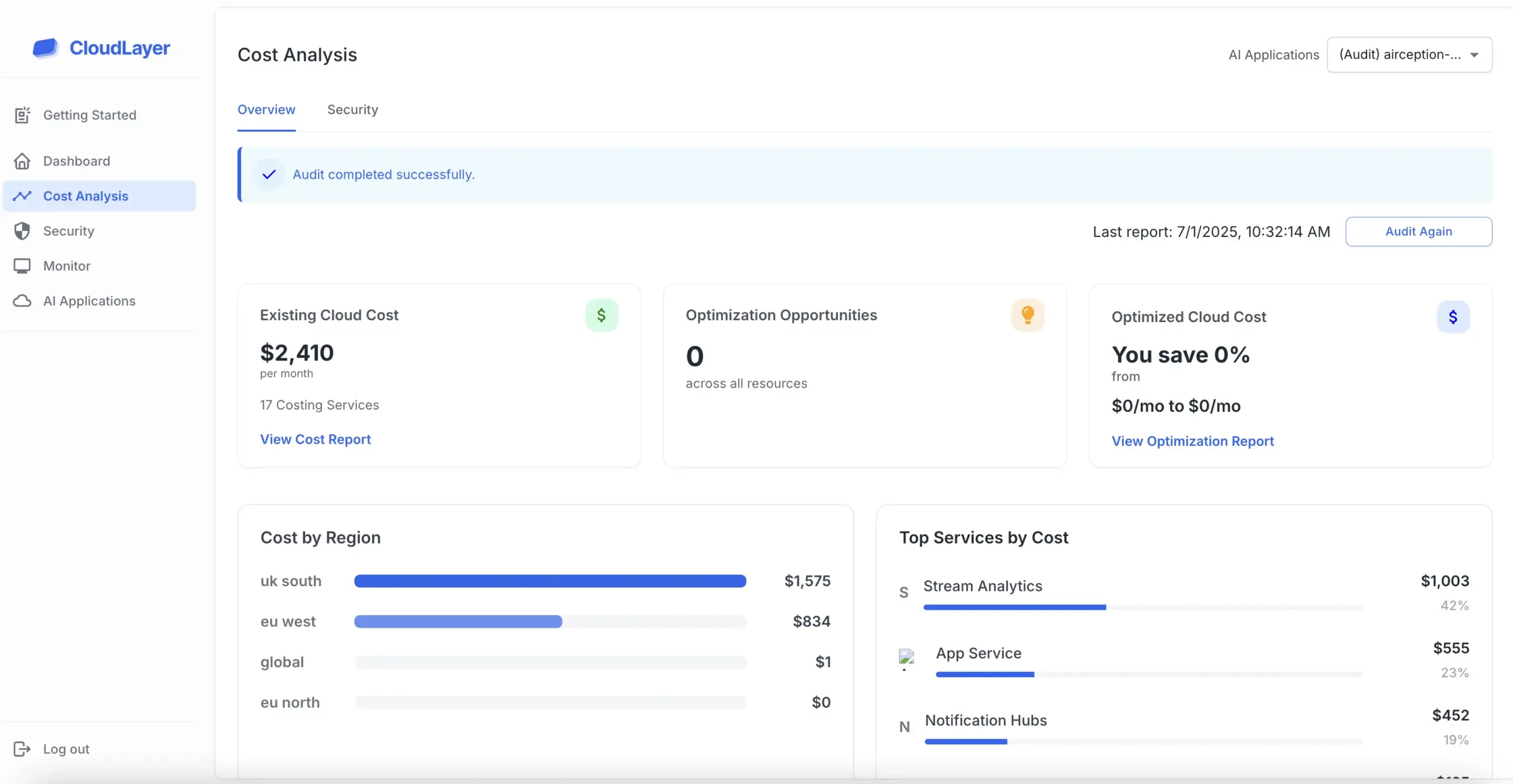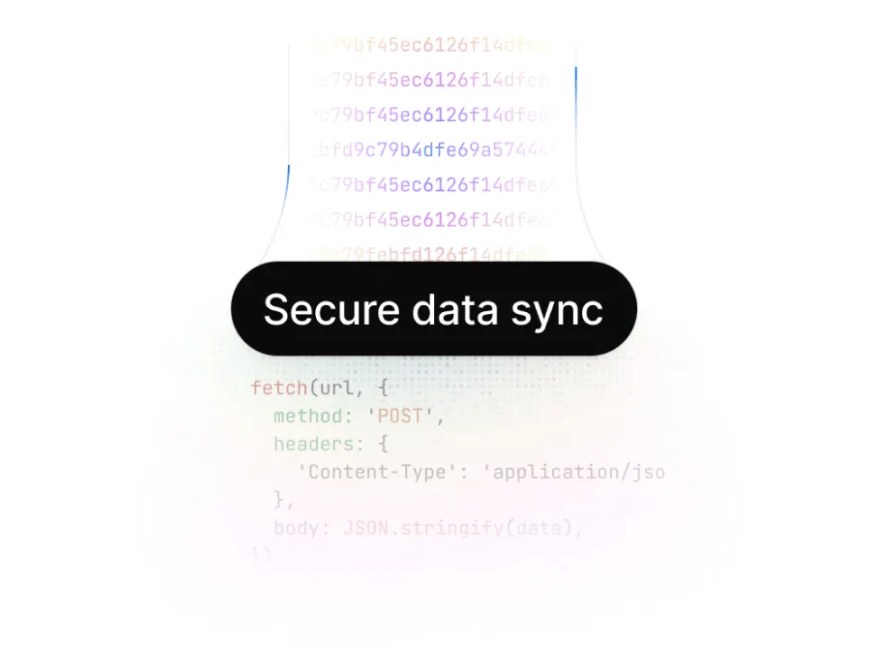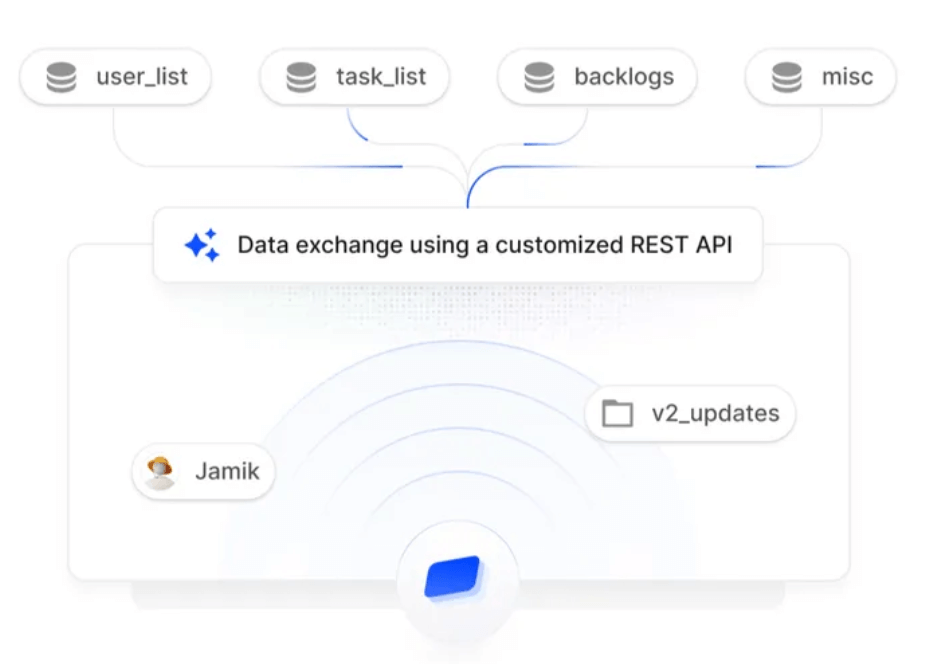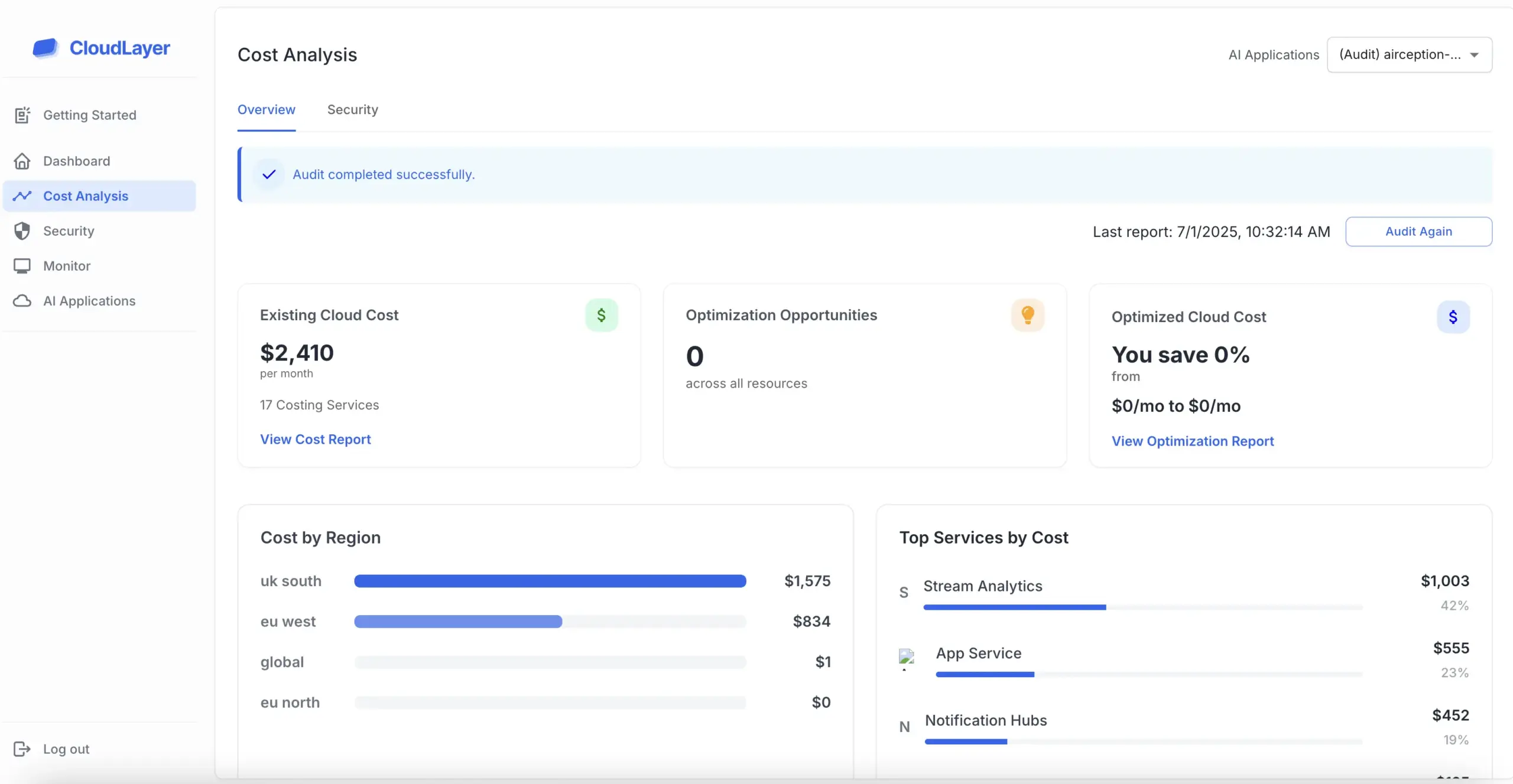

AWS offers various pricing models designed to suit different usage patterns and business needs. The primary models include pay-as-you-go, reserved instances, and spot instances, each catering to specific operational requirements and budget constraints.

Several factors can influence the costs associated with AWS services, including the type of services utilized, data transfer requirements, and storage options. Additionally, the geographical location of resources and the level of support required can also markedly affect overall charges.

To effectively manage AWS costs, organizations should implement a combination of monitoring, budgeting, and optimization strategies. Utilizing AWS Cost Explorer, setting up budgets, and regularly reviewing usage reports can help identify areas for cost savings.

Optimizing AWS charges involves adopting best practices like rightsizing resources, leveraging auto-scaling features, and utilizing savings plans. Regular audits of service usage and staying informed about pricing changes can further help in minimizing unnecessary expenses.

